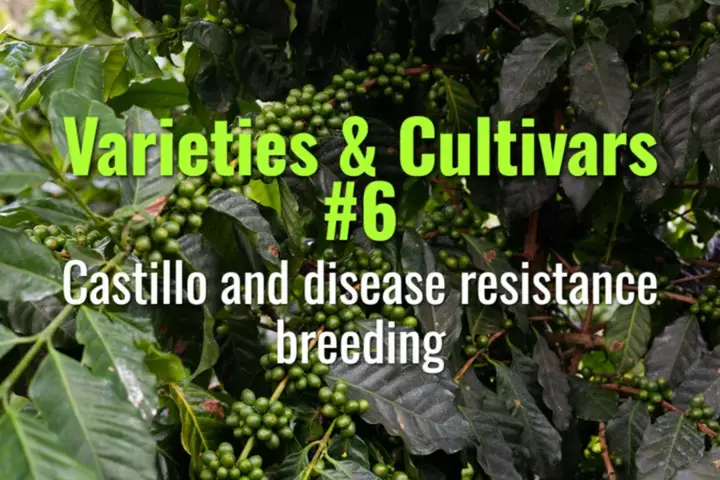
Castillo and disease resistance breeding
This topic explains the development of the Castillo variety in Colombia, its role in combating coffee leaf rust, and the broader importance of disease resistance breeding in coffee sustainability.

This topic explains the development of the Castillo variety in Colombia, its role in combating coffee leaf rust, and the broader importance of disease resistance breeding in coffee sustainability.
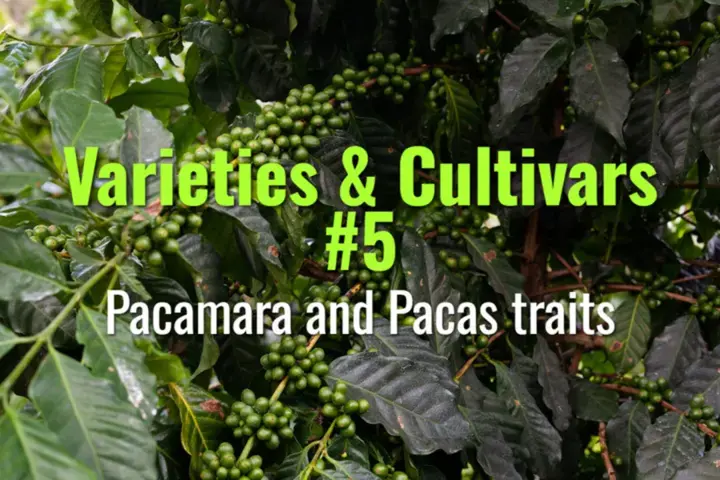
This topic explores the Pacas and Pacamara coffee varieties, their origins in El Salvador, their distinctive traits, and their importance in specialty coffee cultivation.
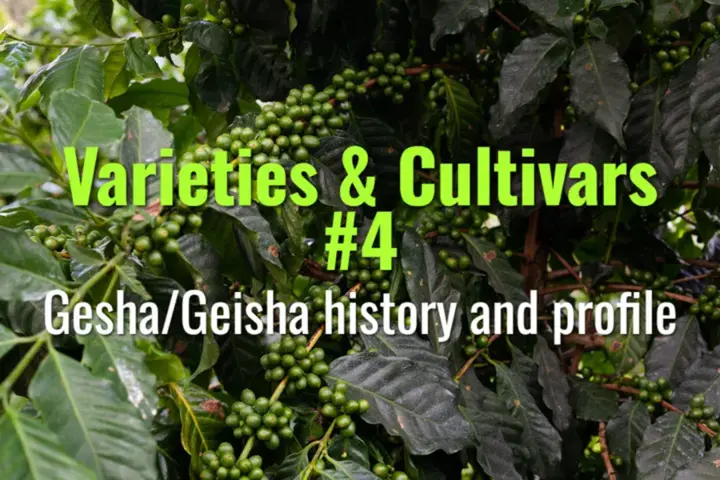
This topic covers the history of the Gesha/Geisha variety, from its Ethiopian origins to its rediscovery in Panama, and explains why it has become one of the most celebrated and expensive coffees in the world.
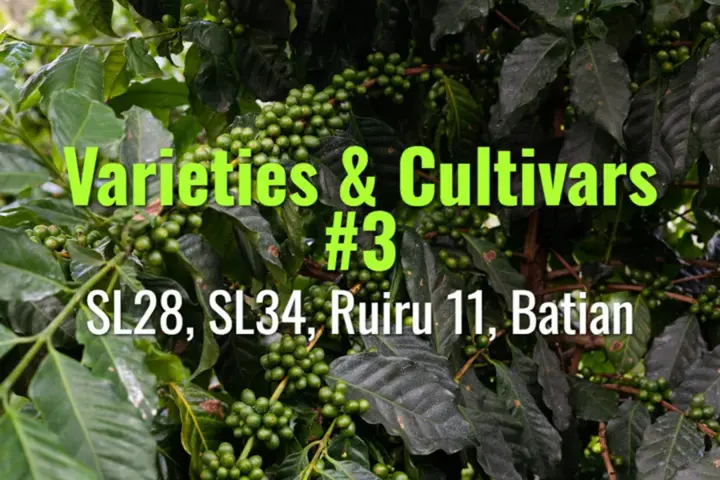
This topic explores the key Kenyan-developed coffee varieties—SL28, SL34, Ruiru 11, and Batian—their origins, traits, flavor profiles, and significance for disease resistance and quality.
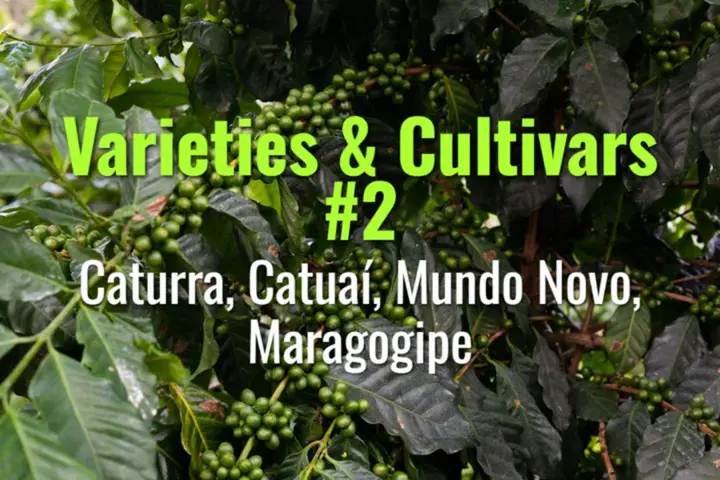
This topic explores four key Arabica varieties—Caturra, Catuaí, Mundo Novo, and Maragogipe—their origins, traits, advantages, and roles in global coffee cultivation.
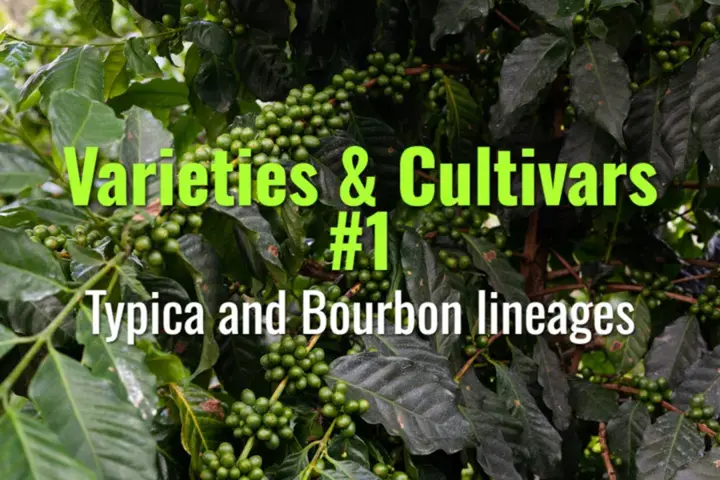
This topic explores the two foundational Arabica lineages—Typica and Bourbon—their origins, spread, genetic traits, and importance for modern coffee cultivation and flavor diversity.